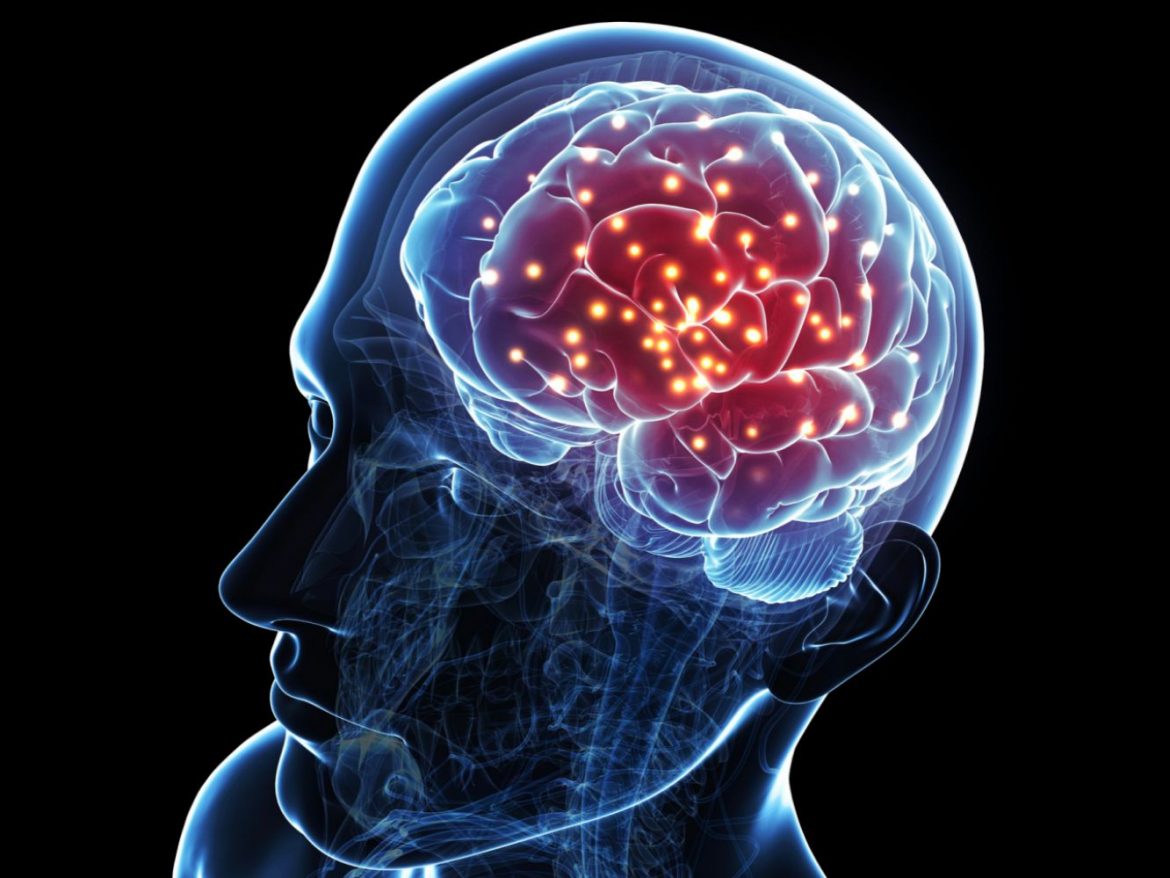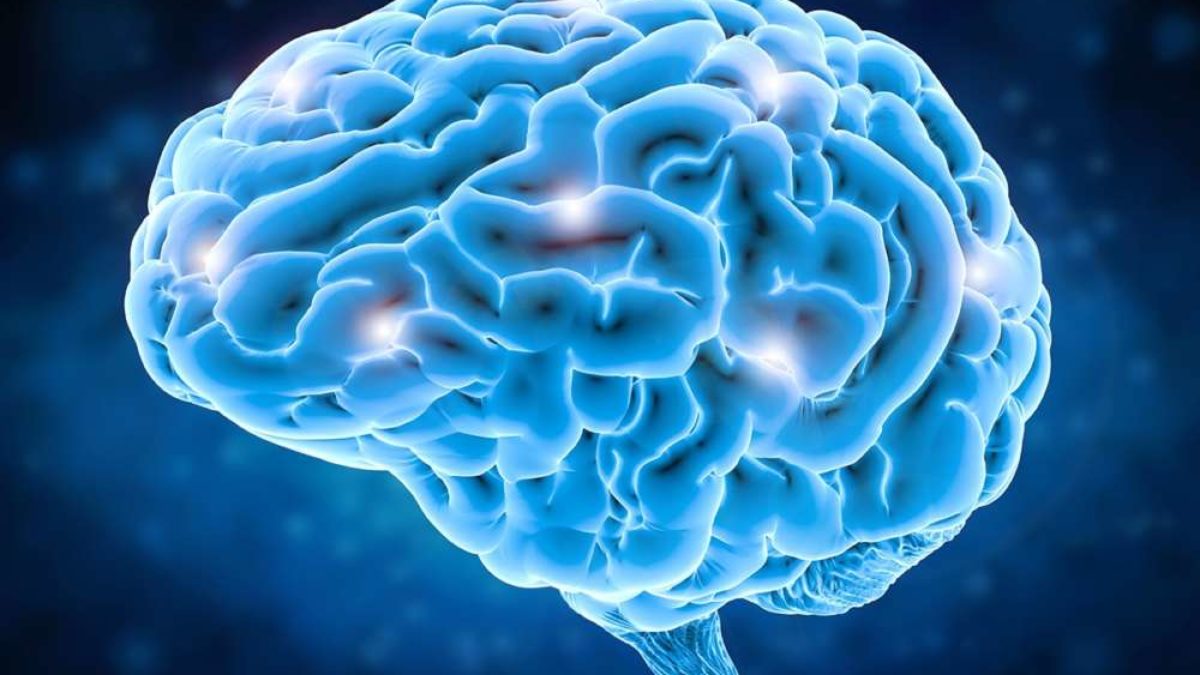Explore the complexities of Parkinson’s disease, from early symptoms to management strategies. Learn how to take control of your health journey with expert insights.
Parkinson’s disease is a progressive disorder of the nervous system that affects movement. It develops gradually, sometimes starting with a barely noticeable tremor in just one hand. But while tremor may be the most well-known sign of Parkinson’s disease, the disorder also commonly causes stiffness or slowing of movement.
In the early stages of Parkinson’s disease, your face may show little or no expression, or your arms may not swing when you walk. Your speech may become soft or slurred. Parkinson’s disease symptoms worsen as your condition progresses over time.
Causes of Parkinson’s Disease
The exact cause of Parkinson’s disease is unknown, but several factors appear to play a role, including:
- Genes: Researchers have identified specific genetic mutations that can cause Parkinson’s disease, but these are rare except in rare cases with many family members affected by Parkinson’s disease.
- Environmental triggers: Exposure to certain toxins or environmental factors may increase the risk of later Parkinson’s disease, but the risk is relatively small.
- Alpha-synuclein accumulation: Clumps of specific substances within brain cells are microscopic markers of Parkinson’s disease. These are called Lewy bodies.
- Risk factors: Risk factors for Parkinson’s disease include age, sex (men are more likely to develop Parkinson’s disease than women), heredity, and exposure to toxins.
Symptoms of Parkinson’s Disease
Parkinson’s disease symptoms and signs may vary from person to person. Early signs may be mild and go unnoticed. Symptoms often begin on one side of your body and usually remain worse on that side, even after symptoms begin to affect both sides. Parkinson’s signs and symptoms may include:
- Tremor: A tremor, or shaking, usually begins in a limb, often your hand or fingers. You may notice a back-and-forth rubbing of your thumb and forefinger, known as a pill-rolling tremor. One characteristic of Parkinson’s disease is a tremor of your hand when it is relaxed (at rest).
- Slowed movement (bradykinesia): Over time, Parkinson’s disease may slow your movement, making simple tasks difficult and time-consuming. Your steps may become shorter when you walk, or you may find it difficult to get out of a chair. Also, your feet may stick to the floor as you try to walk, making it difficult to move forward.
- Rigid muscles: Muscle stiffness may occur in any part of your body. The stiff muscles can be painful and limit your range of motion.
- Impaired posture and balance: Your posture may become stooped, or you may have balance problems as a result of Parkinson’s disease.
- Loss of automatic movements: You may have a decreased ability to perform unconscious movements, including blinking, smiling, or swinging your arms when you walk.
- Speech changes: You may speak softly, quickly, slur, or hesitate before talking. Your speech may be more of a monotone rather than with the usual inflections.
- Writing changes: It may become hard to write, and your writing may appear small.
- Loss of smell: You may experience a reduced ability to smell odors or detect flavors in food.
Treatment and Management
While there is currently no cure for Parkinson’s disease, medications, surgery, and lifestyle modifications can help manage its symptoms. Medications can help manage problems with walking, movement, and tremor. In some cases, surgery may be recommended to regulate certain regions of the brain and improve symptoms.
Prevention and Outlook
Although there is no proven way to prevent Parkinson’s disease, some research suggests that caffeine consumption, smoking, and a diet rich in fruits and vegetables may reduce the risk. Regular exercise and maintaining a healthy lifestyle may also help.
In conclusion, Parkinson’s disease is a progressive disorder of the nervous system that affects movement. While there is currently no cure, various treatments can help manage symptoms and improve quality of life. If you or a loved one are experiencing symptoms of Parkinson’s disease, it’s important to speak to a healthcare professional for proper diagnosis and treatment.



